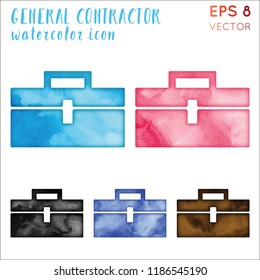Steps To Ready Your Wall Surfaces For A Flawless Paint Project
Steps To Ready Your Wall Surfaces For A Flawless Paint Project
Blog Article
Authored By-Levesque Berthelsen
Achieving a flawless paint task starts with thorough wall surface preparation. From completing imperfections to priming surfaces, each step plays a critical duty in the last outcome. But what concerning those complicated corners and sides that can make or damage the general look? Stay tuned to uncover experienced suggestions on exactly how to navigate these tough areas with skill, ensuring a smooth surface that will elevate your space to new heights of refinement.
Wall Maintenance
Evaluating walls for any type of imperfections and without delay resolving them through required repairs is critical for accomplishing a smooth and flawless paint work. Before beginning the painting process, carefully analyze the wall surfaces for fractures, openings, dents, or any other damage that can influence the result.
Beginning by filling in any cracks or openings with spackling compound, permitting it to dry completely before sanding it down to create a smooth surface. For bigger dents or harmed locations, consider using joint substance to make certain a smooth repair service.
Furthermore, check for any kind of loose paint or wallpaper that may require to be eliminated. Remove any peeling off paint or old wallpaper, and sand the surface to create an uniform texture.
It's also essential to check for water damages, as this can lead to mold growth and influence the adhesion of the new paint. Deal with any kind of water discolorations or mildew with the appropriate cleaning options before waging the paint process.
Cleaning and Surface Preparation
To make sure a beautiful and well-prepared surface area for paint, the next step entails completely cleaning up and prepping the walls. Begin by dusting the wall surfaces with a microfiber cloth or a duster to eliminate any type of loosened dirt, webs, or debris.
For even more persistent dirt or grime, an option of moderate detergent and water can be used to gently scrub the wall surfaces, followed by a thorough rinse with clean water. Pay special focus to areas near light buttons, door handles, and baseboards, as these often tend to build up even more dust.
After cleaning, it is necessary to inspect the walls for any kind of fractures, openings, or imperfections. These ought to be loaded with spackling substance and sanded smooth once completely dry. Sanding the walls gently with fine-grit sandpaper will additionally aid create a consistent surface area for painting.
Priming and Taping
Prior to paint, the walls should be primed to guarantee appropriate attachment of the paint and taped to secure adjacent surfaces from roaming brushstrokes. Priming functions as a crucial action in the painting procedure, especially for new drywall or surfaces that have actually been covered or repaired. It aids secure the wall, producing a smooth and consistent surface for the paint to stick to. Additionally, https://housepaintersnearme44221.blogadvize.com/41468229/discover-the-cutting-edge-techniques-and-trends-in-residence-paint can improve the longevity and protection of the paint, inevitably leading to a more professional and long-lasting surface.
When it comes to taping, using painter's tape along trim, ceilings, and other surfaces you want to shield is necessary to attain tidy and crisp paint lines. https://wsvn.com/news/help-me-howard/neighbor-blocks-neighbor-from-painting/ is designed to be quickly applied and eliminated without harming the underlying surface area or leaving behind any deposit. Take the time to properly tape off areas before repainting to save on your own the hassle of touch-ups later on.
Conclusion
In conclusion, appropriately preparing your wall surfaces before painting is critical for achieving a flawless finish. By inspecting for flaws, cleaning completely, topping the surface, and using painter's tape for tidy lines, you can make certain a professional-looking paint job.
Taking the time to complete these steps will certainly lead to a smooth and resilient surface that boosts the overall appearance of your area.
